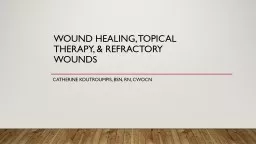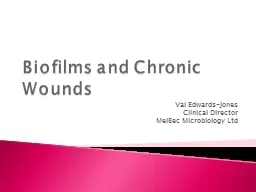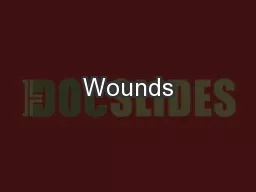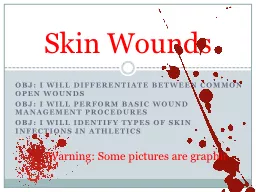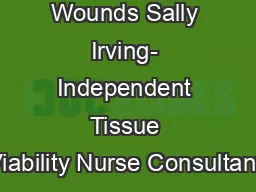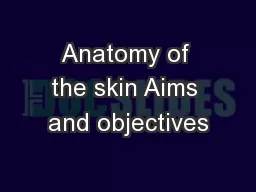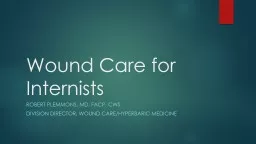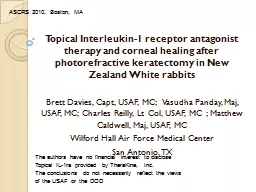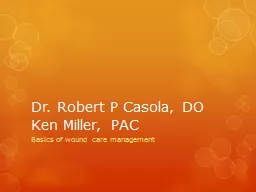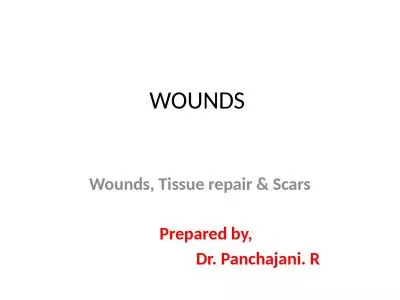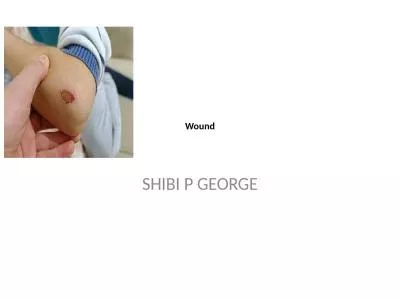PPT-Wound Healing, Topical Therapy, & Refractory Wounds
Author : Hardrocker | Published Date : 2022-08-02
Catherine Koutroumpis BSN RN CWOCN Objectives By the end of this module participants will be able to Understand partial versus full thickness wound healing Understand
Presentation Embed Code
Download Presentation
Download Presentation The PPT/PDF document "Wound Healing, Topical Therapy, & Re..." is the property of its rightful owner. Permission is granted to download and print the materials on this website for personal, non-commercial use only, and to display it on your personal computer provided you do not modify the materials and that you retain all copyright notices contained in the materials. By downloading content from our website, you accept the terms of this agreement.
Wound Healing, Topical Therapy, & Refractory Wounds: Transcript
Download Rules Of Document
"Wound Healing, Topical Therapy, & Refractory Wounds"The content belongs to its owner. You may download and print it for personal use, without modification, and keep all copyright notices. By downloading, you agree to these terms.
Related Documents

